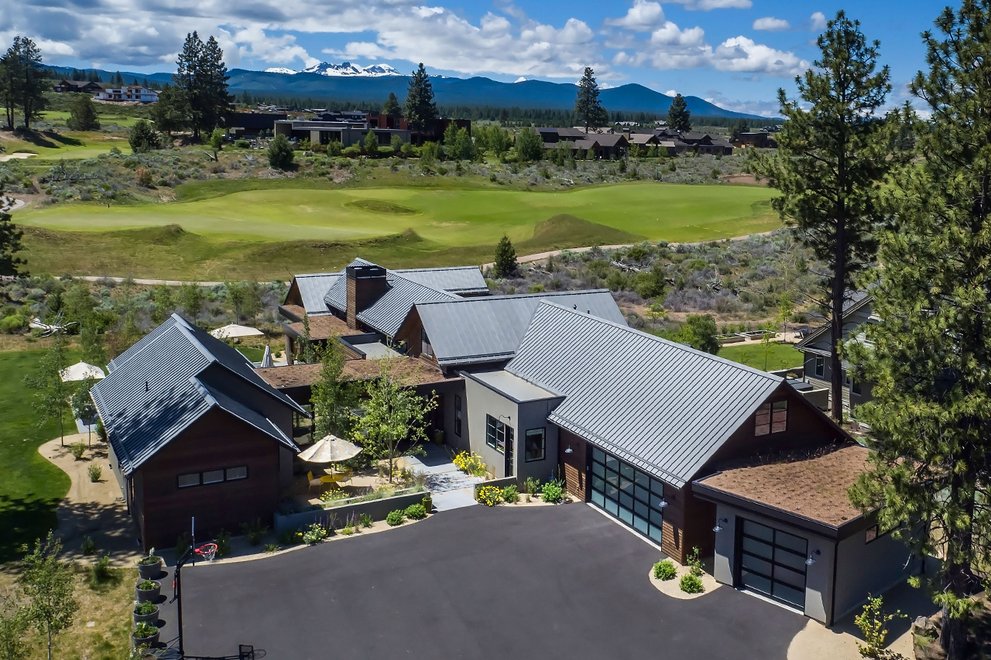It's more tempting than ever to take advantage of the energy pouring down from that giant fusion reactor in the sky. According to the Solar Energy Industries Association, by the end of 2014, there were
nearly 645,000 homes and businesses powered by the sun in the U.S. We're in the golden age of solar power, when the technology costs have dropped to the point where it is equal or below those of other sources of energy--a situation known as grid parity. In the U.S., there are also a range of federal and state incentives to sweeten the deal. However, figuring out whether solar makes good financial sense for a particular home can be complicated. Does your roof get enough sun? How much do you spend on electricity? Buy or lease?
A pilot project from Google, Project Sunroof, lets you do the analysis, demystifying the process so you can approach it with confidence. In its debut, Project Sunroof only covers homes in the San Francisco Bay Area; Fresno, California; and Boston, but the plan is to roll out more widely. There are also commercial enterprises like Geostellar, Energy Sage, and Solar-Estimate that provide a similar analysis for addresses nationwide. But Project Sunroof's clean, user-centric interface is a welcome improvement that could prompt more people to commit to solar.
A pilot project from Google, Project Sunroof, lets you do the analysis, demystifying the process so you can approach it with confidence. In its debut, Project Sunroof only covers homes in the San Francisco Bay Area; Fresno, California; and Boston, but the plan is to roll out more widely. There are also commercial enterprises like Geostellar, Energy Sage, and Solar-Estimate that provide a similar analysis for addresses nationwide. But Project Sunroof's clean, user-centric interface is a welcome improvement that could prompt more people to commit to solar.
If you speak to someone at a solar provider today, they are most likely using Google Earth to evaluate your rooftop. Project Sunroof lets you see your roof for yourself, giving you a colored map of your sun exposure, from the sunniest part (yellow) to the shadiest (purple). It also tells you how large your solar array needs to be and estimates how much it costs to lease or buy. You can easily input your own information to fine-tune the results.
In the past, I'd been told by solar providers that my one-story home was too shady for panels. So when I ran my address in Project Sun roof, I was delighted to see that it thought I had enough sun for a 5.5kW solar array. It also predicted that I would save $8,000 in energy bills if I leased the panels over 20 years. Here's where individual usage matters, however. The $8,000 in savings was based on an assumption that I had a monthly electrical bill of $125.
When I entered my actual bill of $70, the application told me that I would need a smaller, 3.75kW array, and that leasing the panels didn't pencil out financially. However, it told me that if I purchased the array outright, I would still save $9,000 over the long haul.
In the past, I'd been told by solar providers that my one-story home was too shady for panels. So when I ran my address in Project Sun roof, I was delighted to see that it thought I had enough sun for a 5.5kW solar array. It also predicted that I would save $8,000 in energy bills if I leased the panels over 20 years. Here's where individual usage matters, however. The $8,000 in savings was based on an assumption that I had a monthly electrical bill of $125.
When I entered my actual bill of $70, the application told me that I would need a smaller, 3.75kW array, and that leasing the panels didn't pencil out financially. However, it told me that if I purchased the array outright, I would still save $9,000 over the long haul.
Project Sunroof also lets you take the next step of sending your information to multiple solar providers in your area. When I talk to them, I'll ask about the possibility of putting in a 3.75 kW array on the sunniest part of my roof. I'll also tell my next-door neighbor, whose two-story house gets tons of sun according to Project Sunroof, that she might want to consider solar.
Lydia Lee writes for Architectural Record, Sunset and other publications.
Lydia Lee writes for Architectural Record, Sunset and other publications.






